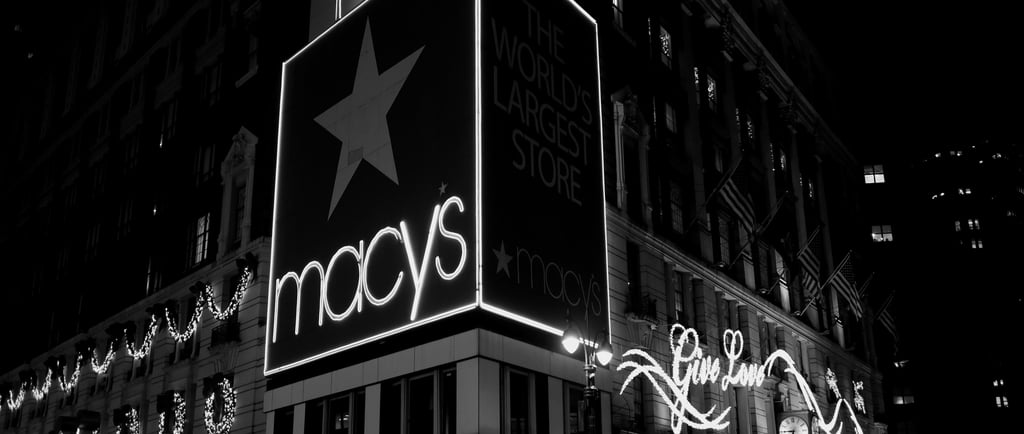The Great Storefront Shake-Up
Why 2025 Is a Pivotal Year for Retail Footprints
PERSPECTIVE


It’s only midsummer, but the writing is already on the wall - 2025 is shaping up to be one of the most transformative years for brick-and-mortar retail in recent memory. The pace of store closures is accelerating, with forecasts pointing to more than 15,000 U.S. storefronts shuttering this year, a dramatic jump from the 7,300 closures in 2024 (Coresight Research).
From legacy department stores to national pharmacy chains, a wide range of retailers are scaling back their physical footprints. The reasons are complex but interconnected: evolving consumer behavior, inflation-driven margin pressures, and the continued rise of e-commerce and discount formats.
So what exactly is happening—and what does it mean for the future of retail?
Why Are So Many Stores Closing?
The wave of closures isn't driven by one single crisis. Instead, it's the result of five converging forces:
1. Digital Migration: Consumers now expect seamless online shopping and delivery. For many traditional retailers, in-store traffic simply hasn’t recovered to pre-pandemic levels.
2. Rising Operating Costs: Higher wages, rising rents, utility bills, and security costs (especially due to the surge in retail theft) have made many locations financially unviable.
3. Macro Uncertainty: Inflation and renewed tariffs are straining consumer spending and retailer margins. Many brands are entering “survival mode,” slashing costs to preserve cash.
4. Over-expansion Hangover: Some large chains grew too fast during the last decade and are now correcting course by shedding underperforming or redundant locations.
5. Changing Demographics & Mobility: Remote work, urban-suburban migration, and shifting neighborhood foot traffic have made once-prime locations less strategic.
Who’s Being Hit the Hardest?
Several major chains have announced downsizing plans this year, including:
* Macy’s: Accelerating its “small-format pivot” by closing dozens of mall-based stores in favor of more agile neighborhood hubs.
* Walgreens & Rite Aid: Trimming low-volume stores as they struggle with falling prescription margins and rising theft.
* Big Lots: Exiting slow-growth regions to focus on higher-performing urban clusters.
It’s not just large chains, though. Mid-size regional retailers and independent shops are also being squeezed out, unable to compete on price, convenience, or digital reach.
What Can Retailers Do to Adapt?
While the headlines may sound bleak, many savvy retailers are already adapting their physical strategies. Here’s how:
1. Optimize Footprints: Instead of mass closures, some retailers are focusing on ‘right-sizing’ - keeping profitable stores open, investing in renovations, and relocating to higher-traffic areas.
2. Leverage Technology: Smart stores that integrate real-time inventory, mobile checkout, and predictive restocking offer a reason for customers to return in person.
3. Focus on Experience: Retailers are turning stores into experience hubs - offering workshops, events, consultations, or services that can’t be replicated online.
4. Omnichannel Sync: BOPIS (Buy Online, Pick Up In Store), same-day delivery from local stores, and live in-store inventory syncing are now table stakes.
5. Hyperlocal Strategies: Retailers that adapt to the specific needs and rhythms of their local communities, rather than applying a one-size-fits-all model, are thriving.
Looking Ahead
The current wave of closures signals not a death of physical retail - but a ‘recalibration’. Just as the retail landscape has evolved since the rise of malls and big-box stores, it’s doing so again today.
Retailers that treat this moment as a strategic reset - not a retreat - stand to gain. “Fewer stores, but better stores” may be the winning formula for the years ahead.

